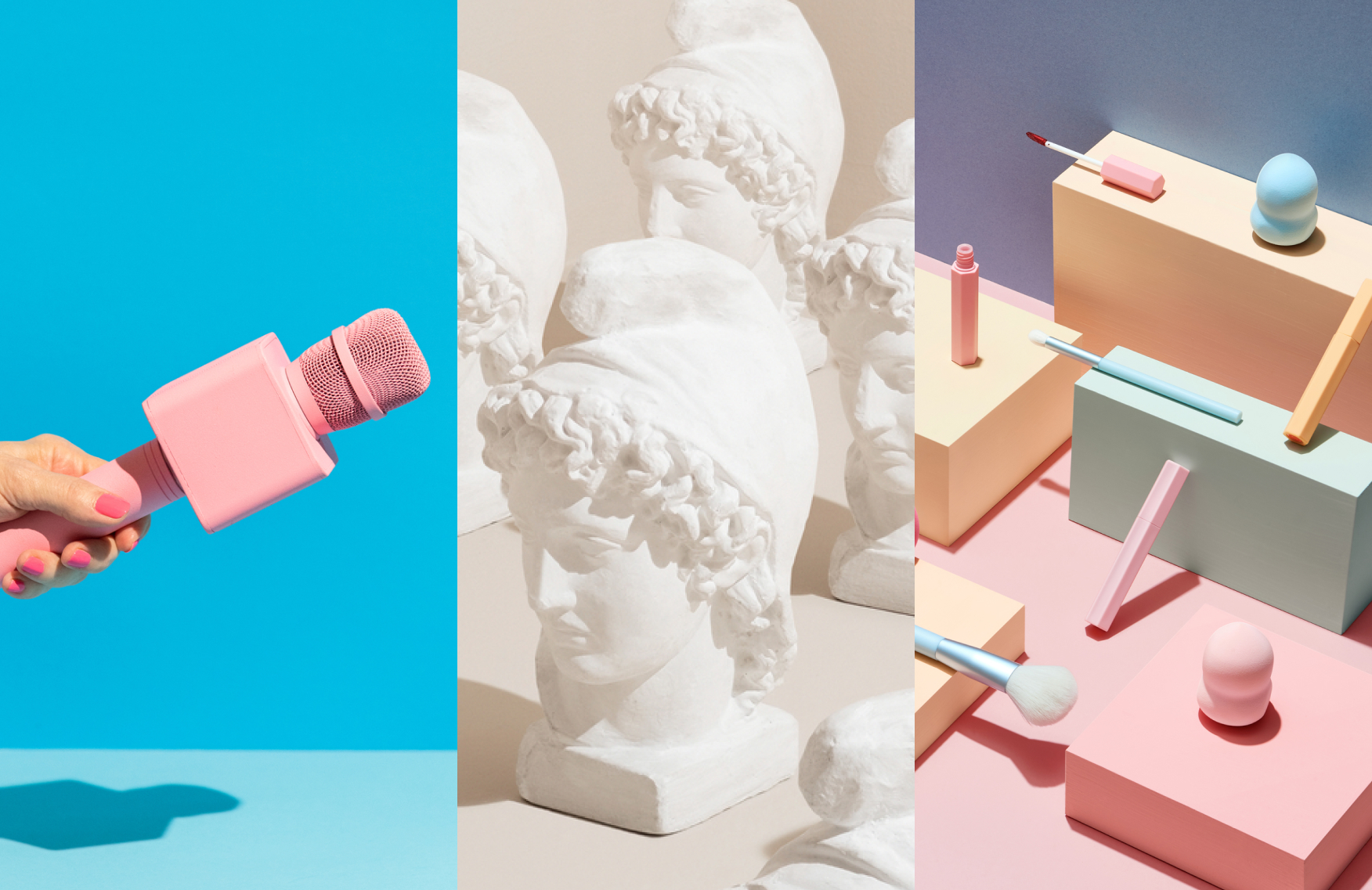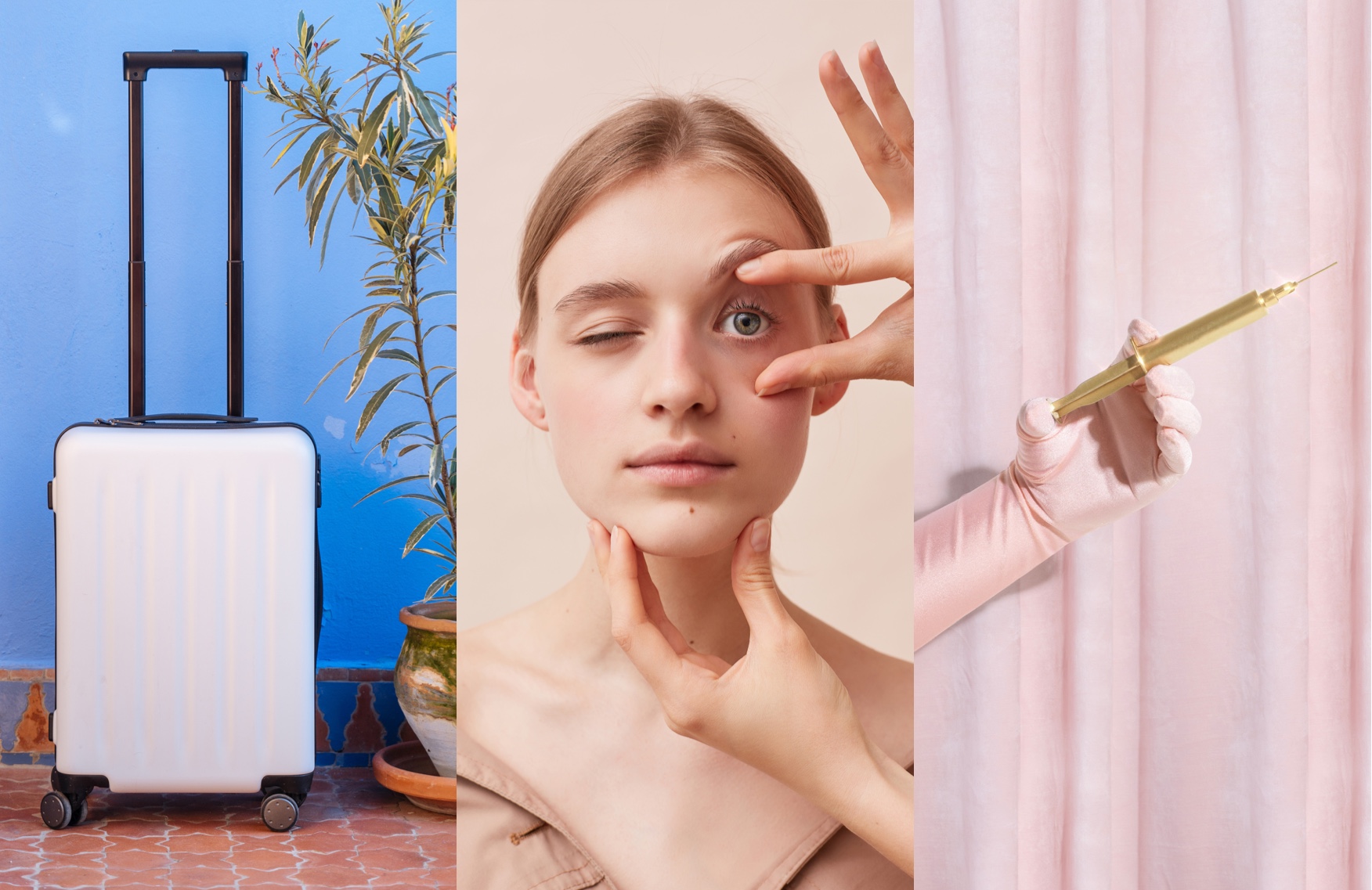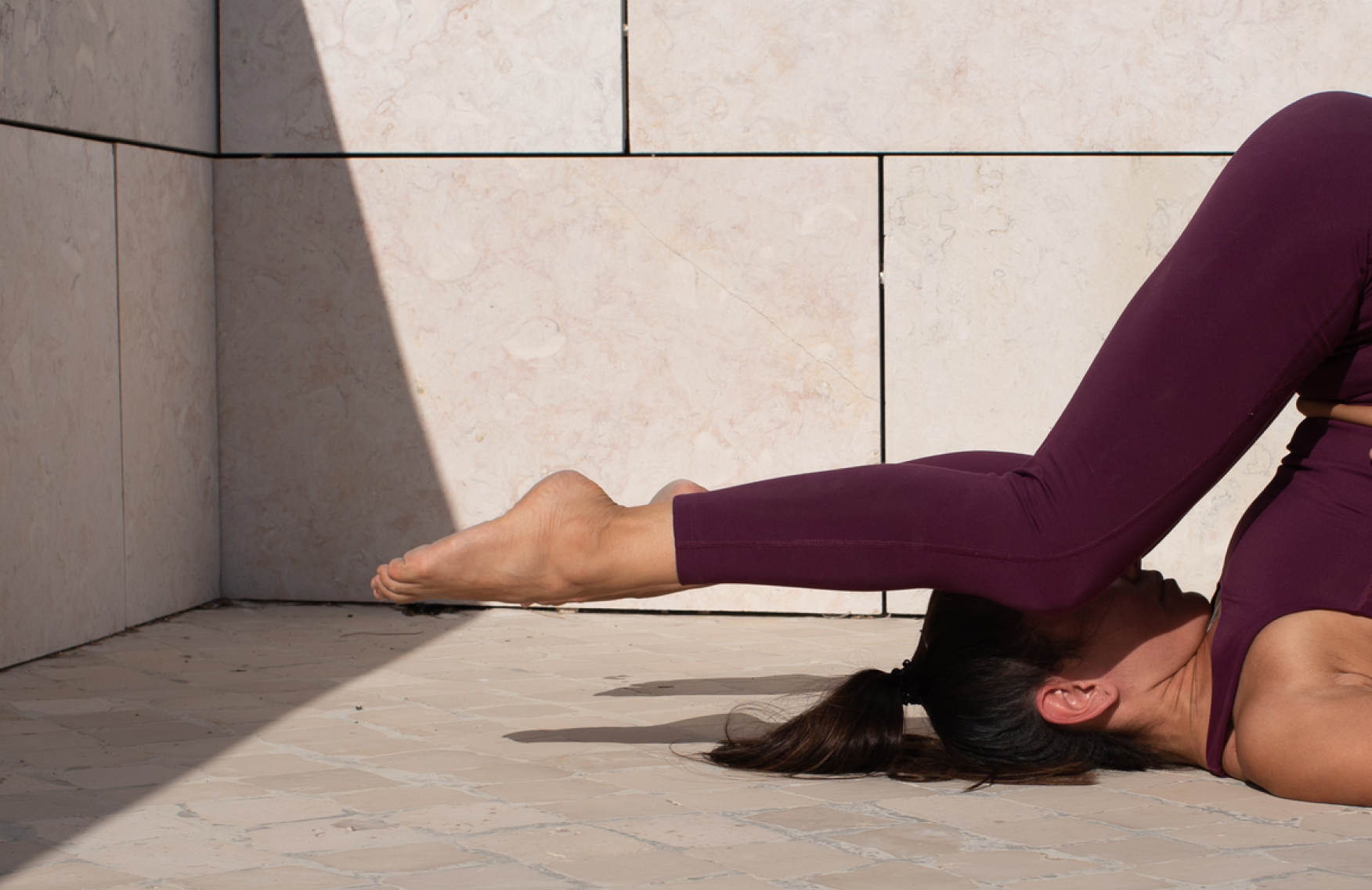Is retail therapy really therapeutic? Exploring the darker side of shopping as a form of self-care

Edited and updated May, 2022.
New boots in the height of summer. A new necklace from an ad served to you on IG. That cute dress you had to have. Ever purchased something for the thrill of it, only to find it sitting in the back of your closet months later, tags still attached? While seemingly innocent, it’s possible there’s more to those impulse purchases that meets the eye.
Retail therapy—otherwise known as shopping with the purpose of improving the buyer’s mood—is a trip to your favorite store after a bad day, or the browsing of online shops after an hour of doom-scrolling the news. After a year filled with uncertainty, it’s no wonder that a recent study has shown 43% of Americans had made a purchase to ease stress in 2020.
Why do we find shopping so therapeutic?
“People often go shopping when they feel sad, and our studies showed that making shopping decisions can help to alleviate sadness,” says Beatriz Pereira, Ph.D., assistant professor of marketing at Iowa State University’s College of Business and co-author of a 2014 study on retail therapy in the Journal of Consumer Psychology. “The experience of sadness is marked by a sense of helplessness and loss of control over important life outcomes. It’s by giving consumers a sense of control that retail therapy works in reducing sadness.”
While the quick click of an “add to cart” button can produce that much-needed dopamine rush, the experience of shopping at a store may have more psychological benefits. “Online shopping does not include other aspects of in-person shopping that can help consumers feel good. Often people feel better just by getting out of the home, interacting with others and seeing new scenery,” says Dr. Pereira. Additionally, window shopping or online browsing can serve as mentally refreshing breaks from arduous tasks or as a means of creative and artistic inspiration.
So what’s the darker side of retail therapy?
There are, however, limits to the “therapy” or positive effects that a shopping excursion can provide. Once the end emotional results of a purchase switch from feelings of comfort to disappointment and regret, the habit can become more problematic.
“Because the whole point of retail therapy is to feel in control, if a person goes on a shopping spree and later regrets making these purchases, the sense of control is gone,” Dr. Pereira says. “This is common for consumers who classify as compulsive buyers, which are known as individuals who experience high regret over past purchases.”
Other signs that a shopping habit has devolved into compulsive buying, which one 2016 study showed impacts women nine times more than men, include incurring deep debt and financial difficulties due to uncontrolled shopping, a preoccupation with shopping for items you don’t need and feelings of depression over one’s inability to control buying urges.
So, how can you stop yourself from unnecessary, potentially regrettable purchases? Along with keeping a budget and limiting exposure to shopping apps or sites, experts recommend staying aware of the emotions and moods that trigger the urge to comfort shop beyond your means. Dr. Pereira notes: “Emotions are an integral part of human behavior, and therefore they are always an influence in our spending behavior.”


